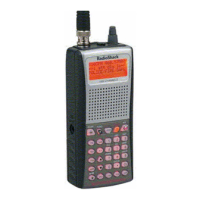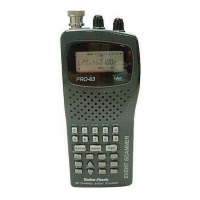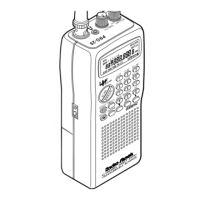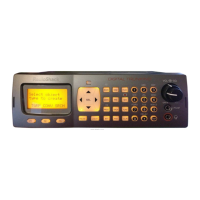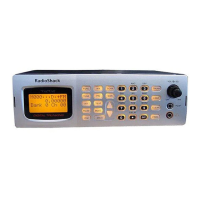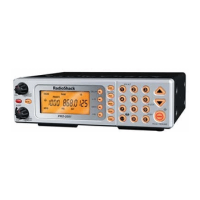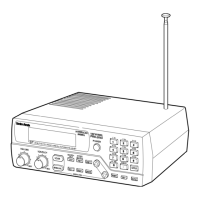18
ABOUT YOUR SCANNER
Once you understand a few simple terms we use in this
manual and familiarize yourself with your scanner’s
features, you can put the scanner to work for you. You
simply determine the type of communications you want
to receive, then set the scanner to scan those commu-
nications.
A
frequency
is the tuning location of a station (ex-
pressed in kHz or MHz). To find active frequencies,
you use the
search
function.
Besides searching within a frequency range you deter-
mine, you can also search your scanner’s
service
banks
. Service banks are preset groups of frequencies
categorized by type of service. For example, many am-
ateur radio frequencies are located in the
HAM2
service
bank.
When you find a frequency, you can store it into a pro-
grammable memory location called a
channel
. Chan-
nels are grouped into
channel-storage banks
. (This
scanner has 5 channel-storage banks of 30 channels
each). You can then
scan
the channel-storage banks
to see if there is activity on the frequencies stored
there.
Or, when you find a frequency, you can store it into a
temporary memory location called a monitor memory
until you decide whether or not to move it to a channel.
Just keep in mind — you
search
frequencies and
scan
channels.
You can also use your scanner to track trunked trans-
missions (see “Trunk Tracking” on Page 39).
